6 tips for a website contact page that converts
A contact page is one of the most important pages of any website – it is not the first page potential customers land on, but it is what is known the ‘call to action’ page where visitors ‘take action’,
Getting visitors to your contact page is not easy so when they do it is important to make it easy for them to act.
6 tips to help you create a great contact us page that converts:
1 / USE PERSONAL AND FRIENDLY INTRO TEXT
Be friendly don’t just start with the contact details, use an inviting copy, make it personal.
2 / PROVIDE MULTIPLE CONTACT OPTIONS
If you can, include all possible contact options – some people prefer to ring, some refer to email, don’t turn them away by limiting their options. Options include phone, email, contact form, social media, Skype.
3 / LET PEOPLE KNOW WHEN IT IS BEST TO GET IN TOUCH
Don’t assume they know. If your hours are part time, say it! Include an expected reply back time for a form so they know what to except.
4 / INCLUDE AN ONLINE CONTACT FORM
This is a great way to get in touch as you can ask some pre-set questions and be more prepared when calling back. Typical questions include name, email, phone and message.
If you offer a few services – ask what they are interested in.
Don’t over complicate this initial form – remember it is only the first touch point and you can follow up with more questions later – make it easy!
5 / INCLUDE A LOCATION MAP
If you offer your services from a location don’t forget to include a full address + embedded Google map – make it easy for those looking for you to find you – easy for them to click on map and get directions to your business.
6 / BE SOCIAL!
Include all your social links so those who are not ready and need to get to know you can select their preferred platform to stay in touch.
For Instagram use an embedded feed and showcase your post on the page to create interest to follow you.

